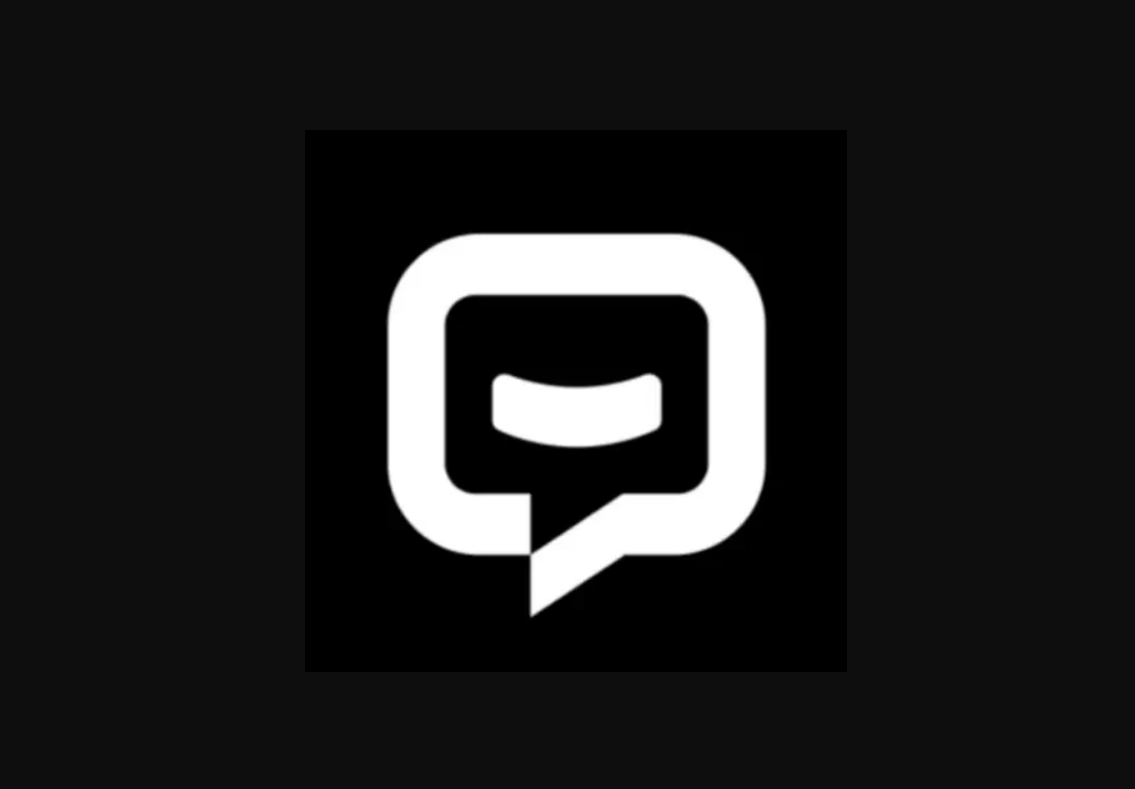
Python vs R vs SQL: Choosing Your Climate Data Stack
Delve into the intricacies of data analysis within climate science by exploring the comparative strengths of Python, R and SQL. This article will guide you through selecting the right tools for your climate data needs, ensuring efficient handling of complex datasets.
Dev Orbit
August 2, 2025
Introduction
The field of climate data analysis has witnessed tremendous growth, driven by an increasing demand for insights into climate change and environmental trends. For developers and data scientists, this means choosing the right tools is critical. The debate often comes down to three major players: Python, R and SQL. Each has its unique strengths, suited to different aspects of data handling and analysis. This article promises to reveal not only the foundational aspects of these languages but also their practical applications in climate data projects. By the end, you’ll be equipped with the knowledge needed to make an informed decision on your climate data stack.
Understanding the Players: Python, R and SQL
Before discussing the applications of Python, R and SQL in climate data analysis, it's important to dig deeper into what each tool offers.
Python: A Versatile Powerhouse
Python is widely recognized for its versatility and readability, making it suitable for both beginners and seasoned developers. Its evolving ecosystem of libraries is particularly beneficial for climate data analysis. Here are some of the key libraries:
Pandas: This library simplifies data manipulation and analysis, allowing for efficient handling of large datasets.
NumPy: Great for numerical calculations, NumPy supports array operations crucial for manipulating scientific data.
Matplotlib and Seaborn: These libraries are used for data visualization, essential for interpreting climate trends and results.
Scikit-learn: Provides tools for machine learning, enabling predictive modeling essential in climate forecasting.
With these libraries, Python easily integrates with web applications and data pipelines, making it a strong candidate for a comprehensive climate data stack.
R: The Statistician's Choice
R is specifically designed for statistical analysis and visualization, making it the go-to language for many data scientists in the climate realm. Its strength lies in:
Statistical capabilities: R provides an extensive set of statistical tests and models, essential for rigorous climate research.
Data representation: R excels in data visualization through libraries like ggplot2, which can create high-quality visualizations from complex datasets.
Comprehensive packages: CRAN (Comprehensive R Archive Network) hosts numerous packages for specialized tasks, such as climate modeling (e.g., 'climate', 'climateData').
R's specialized focus on statistical analysis and its robust visualization capabilities can make it a preferred choice for environmental scientists diving deep into data interpretation.
SQL: The Database Dynamo
SQL (Structured Query Language) handles data storage and retrieval efficiently. While it may not conduct complex analyses on its own, SQL serves as a backbone for working with large datasets in relational databases. Key strengths include:
Data extraction: SQL allows for powerful querying to extract valuable insights from large databases, an essential requirement in climate research.
Integration: SQL seamlessly integrates with both Python and R, enabling data workflows that capitalize on the strengths of each language.
Data management: With capabilities to organize data into structured tables, SQL supports efficient data handling vital for climate datasets' varied dimensions.
While SQL might not perform analysis in the same way as Python or R, it forms the foundation for effective data management in any climate data stack.
Practical Applications in Climate Data Analysis
The choice between Python, R and SQL will significantly depend on the specific requirements of your climate data project. Here are some practical applications demonstrated through use cases.
Case Study 1: Climate Change Predictions
For a project focused on predicting climate trends, Python may be ideal due to its machine learning libraries. For instance, using Scikit-learn, a data scientist could develop predictive models using historical climate data. They might source the data from various weather databases using SQL, storing it in a PostgreSQL database. Combining the data retrieval capabilities of SQL with Python’s analytical prowess allows for robust temperature and precipitation predictions.
Case Study 2: Exploratory Data Analysis
Alternatively, consider a project analyzing historical temperature changes to identify patterns. R shines here, specifically due to its statistical capabilities and visualization libraries. Using R, environmentalists can import datasets and utilize ggplot2 to visualize global temperature changes over decades. The ease of manipulating data using 'dplyr' and generating plots in R can help derive quick insights vital for policy-making and advocacy.
Case Study 3: Data Management and Queries
When dealing with vast amounts of climate data stored across multiple databases, SQL plays a crucial role in efficiently querying specific data subsets. For example, a researcher might need to analyze weather data for specific geographic regions over a time period. By employing SQL to retrieve this data and then passing it into Python or R for analysis, they can quickly gain insights and produce reports that inform stakeholders.
Choosing Your Climate Data Stack: Factors to Consider
When deciding on your climate data stack, several factors should be taken into account:
1. Project Goals
Your project's goals heavily influence your choice. Are you interested in machine learning, statistical analysis, or database management? Projects needing predictive analytics may benefit from Python, while those requiring deep statistical analysis may leverage R's capabilities. SQL is vital for any project involving large amounts of structured data.
2. Team Expertise
Consider the existing skills within your team. A team well-versed in Python may find it more effective to stick with that language for their analyses, while a team of statisticians could leverage R’s focused approach effectively. It’s often more efficient to use the tools that your team is comfortable with than to force a learning curve onto a new system.
3. Data Volume and Type
The volume and type of data you're working with also play a role. SQL remains unmatched when handling larger datasets, especially with operations like JOIN. However, Python excels with text processing and complex algorithms, while R is great for statistical data and small to medium-sized datasets.
4. Integration Requirements
If your climate data application needs to interface with web applications, Python's versatility in web frameworks might make it the lead language. For projects needing robust data queries, SQL needs to be integrated with either Python or R for analytical tasks.
Bonus/Advanced Tips
Implementing a robust data stack requires careful consideration of advanced strategies:
1. Leverage Jupyter Notebooks
Using Jupyter notebooks combines the interactivity of Python with the ability to easily output results and visualizations, making it an excellent tool for collaborative projects.
2. Use APIs for Real-Time Data
Many climate data sources provide APIs. Utilize libraries like Requests in Python to gather real-time data that can enhance analysis and forecasting.
3. Consider Docker for Reproducibility
Containerizing your application with Docker can ensure that your climate data stack is reproducible across different environments, aiding collaboration among teams.
4. Balance Between Performance and Usability
Always strive to strike a balance between using advanced statistical models and maintaining usability. Sometimes simpler models can yield significant insights with less computational overhead.
Conclusion
In summary, Python, R and SQL each bring unique strengths to the table when it comes to climate data analysis. Python’s flexibility and vast libraries favor applications in predictive analytics, while R’s statistical depth excels in exploratory data analysis. SQL remains indispensable for data management across the board. By understanding the nuances of each language and their ideal use cases, you can craft a data stack that enhances your climate initiatives. We encourage you to analyze your project's demands and comment below to share your experiences or questions regarding building your climate data stack!

Enjoyed this article?
Subscribe to our newsletter and never miss out on new articles and updates.
More from Dev Orbit

Data Validation in Machine Learning Pipelines: Catching Bad Data Before It Breaks Your Model
In the rapidly evolving landscape of machine learning, ensuring data quality is paramount. Data validation acts as a safeguard, helping data scientists and engineers catch errors before they compromise model performance. This article delves into the importance of data validation, various techniques to implement it, and best practices for creating robust machine learning pipelines. We will explore real-world case studies, industry trends, and practical advice to enhance your understanding and implementation of data validation.

NestJS vs Express: Choosing the Right Backend Framework for Your Next Project
Are you torn between NestJS and Express for your next Node.js project? You're not alone. Both are powerful backend frameworks—but they serve very different purposes. This deep-dive comparison will help you decide which one fits your project's size, complexity and goals. Whether you're building a startup MVP or scaling a microservice architecture, we’ve covered every angle—performance, learning curve, architecture, scalability, testing and more.

World Models: Machines That actually “Think”
Discover how advanced AI systems, often dubbed world models, are set to revolutionize the way machines interpret and interact with their environment. Dive deep into the underpinnings of machine cognition and explore practical applications.

MongoDB Insights in 2025: Unlock Powerful Data Analysis and Secure Your Database from Injection Attacks
MongoDB powers modern backend applications with flexibility and scalability, but growing data complexity demands better monitoring and security. MongoDB Insights tools provide critical visibility into query performance and help safeguard against injection attacks. This guide explores how to leverage these features for optimized, secure Python backends in 2025.

How to Build an App Like SpicyChat AI: A Complete Video Chat Platform Guide
Are you intrigued by the concept of creating your own video chat platform like SpicyChat AI? In this comprehensive guide, we will walk you through the essentials of building a robust app that not only facilitates seamless video communication but also leverages cutting-edge technology such as artificial intelligence. By the end of this post, you'll have a clear roadmap to make your video chat application a reality, incorporating intriguing features that enhance user experience.

Best Cloud Hosting for Python Developers in 2025 (AWS vs GCP vs DigitalOcean)
Finding the Right Python Cloud Hosting in 2025 — Without the Headaches Choosing cloud hosting as a Python developer in 2025 is no longer just about uptime or bandwidth. It’s about developer experience, cost efficiency and scaling with minimal friction. In this guide, we’ll break down the top options — AWS, GCP and DigitalOcean — and help you make an informed choice for your projects.
Releted Blogs

9 Real-World Python Fixes That Instantly Made My Scripts Production-Ready
In this article, we explore essential Python fixes and improvements that enhance script stability and performance, making them fit for production use. Learn how these practical insights can help streamline your workflows and deliver reliable applications.

Top 7 Python Certifications for 2026 to Boost Your Career
Python continues to dominate as the most versatile programming language across AI, data science, web development and automation. If you’re aiming for a career upgrade, a pay raise or even your very first developer role, the right Python certification can be a game-changer. In this guide, we’ll explore the top 7 Python certifications for 2026 from platforms like Coursera, Udemy and LinkedIn Learning—an ROI-focused roadmap for students, career switchers and junior devs.

Temperature, Top-P, Top-K — Explained One More Time
This comprehensive guide delves into the intricacies of temperature, top-p, and top-k parameters in AI language models. Whether you're a developer or researcher, you'll learn how to leverage these settings to improve your model's performance and get the most out of AI-generated content.

🚀 Mastering Python Automation in 2025: Deep Insights, Real-World Use Cases & Secure Best Practices
Streamline your workflows, eliminate manual overhead and secure your automation pipelines with Python — the most powerful tool in your 2025 toolkit.

Spotify Wrapped Is Everything Wrong With The Music Industry
Every year, millions of Spotify users eagerly anticipate their Spotify Wrapped, revealing their most-listened-to songs, artists and genres. While this personalized year-in-review feature garners excitement, it also highlights critical flaws in the contemporary music industry. In this article, we explore how Spotify Wrapped serves as a microcosm of larger issues affecting artists, listeners and the industry's overall ecosystem.

10 Powerful Tips for Efficient Database Management: SQL and NoSQL Integration in Node.js
Streamline your Node.js backend by mastering the integration of SQL and NoSQL databases—these 10 practical tips will help you write cleaner, faster and more scalable data operations.
Have a story to tell?
Join our community of writers and share your insights with the world.
Start Writing